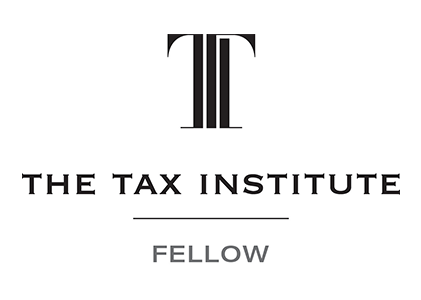
Tax Store supporting the local community
Tax Store are proud sponsors of the Dingley Dingoes Football club. Last night director Nurudeen Abbas headed down to talk to the team about all things tax. It was great to hang out with the guys and we wish them all the best for the rest of the season.

Can you claim a tax deduction for insurance premiums?
As a general guideline, the ATO will allow a deduction for certain insurance premiums if it can be shown that the insurance cover relates to earning assessable income. In other words, life insurance, trauma insurance or critical care insurance are generally out. Income protection insurance is one example of the kind of cover that may provide an allowable tax deduction for premiums – such claims have been allowed by the ATO in certain circumstances, even though having the insurance policy does not of itself “earn” income for the taxpayer.

Are you Division 7A compliant?
Division 7A is an integrity measure that was designed to prevent companies from making tax-free distributions to shareholders or their associates. This can occur where distributions of profit are disguised as loans or other transactions. This effectively allows the shareholder or their associate to have access to the corporate tax rate.

Plan Ahead: Tip to better prepare for Tax Time 2019
It is highly recommended that you keep receipts for all expenses and possible tax deductions you are considering claiming for you or your business. It is also a good idea to scan and file them electronically so that they are accessible should you need them for audit purposes.

The pension loans scheme
To help pensioners who are asset rich but income poor, the government launched a version of a commercially available financial product, the reverse mortgage. The government’s answer is its pension loans scheme (PLS), whereby a pensioner can apply for a non-taxable loan using some form of real property as security. The PLS does not provide a lump sum, but a regular fortnightly payment.

The special place for family trusts
Trusts can be a very handy tool for managing one’s financial affairs, as well as estate planning. A trust is established whenever there is a separation of the legal ownership (for example, the name appearing on a business register or land title) from the beneficial owner of an asset (in other words, the person that a court would deem to be the true owner).
Our Management Credentials




